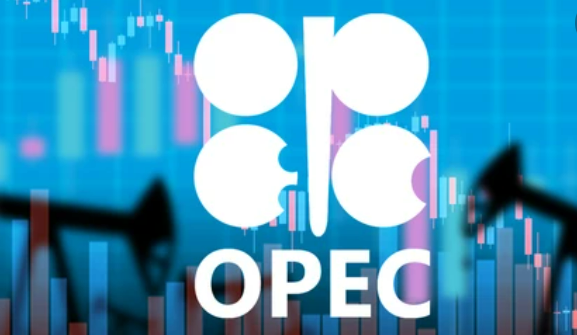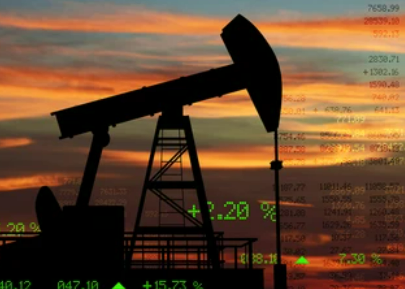
Aria Thomas
Jun 06, 2022 10:54

Oil prices were up in Asia on Monday morning after Saudi Arabia sharply increased the price of its crude sales in July, a warning that supplies remain tight despite OPEC+'s agreement to accelerate output growth over the following two months.
Brent oil futures increased 0.62 percent to $120.46 around 10:06 p.m. ET (2:06 a.m. GMT), while WTI crude oil futures increased 0.67 percent to $119.42.
Saudi Arabia increased the official selling price (OSP) for its flagship Arab Light crude to Asia to a $6.50 premium above the average of the Oman and Dubai benchmarks, up from a $4.40 premium in June, according to Saudi Arabian national oil company Aramco (TADAWUL:2222).
The decision was made despite a request by the Organization of Petroleum Exporting Countries and its partners, known collectively as OPEC+, to boost production in July and August by 648,000 barrels per day, or 50 percent more than had been planned.
"After opening the taps a bit wider, Saudi Arabia lost little time increasing its official selling price for Asia, its key market," said Stephen Innes, managing partner at SPI Asset Management, in a note. "This had knock-on consequences at the futures open across the oil market spectrum."
Saudi Arabia also raised the Arab Light OSP to northwest Europe for July to $4.30 over ICE (NYSE:ICE) Brent, up from $2.50 in June. However, it maintained the premium for U.S.-bound barrels at $5.65 over the Argus Sour Crude Index (ASCI).
As numerous member nations, notably Russia, are unable to increase output, it is commonly believed that the OPEC+ plan to increase supply will not meet demand. During the peak driving season in the United States, demand is surging, and China is reducing COVID restrictions.
In light of the EU's partial embargo on Russian oil imports, this increase falls short of estimates for demand growth, said Commonwealth Bank analyst Vivek Dhar.

Jun 02, 2022 15:57

Jun 07, 2022 11:04